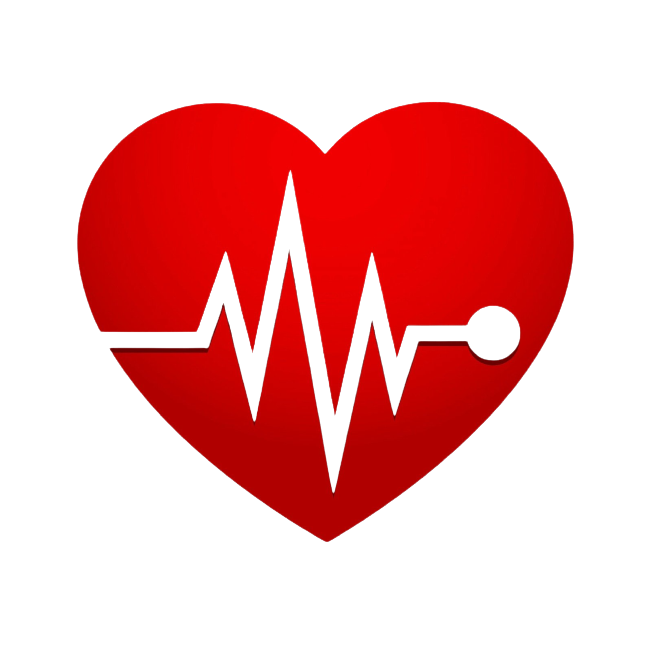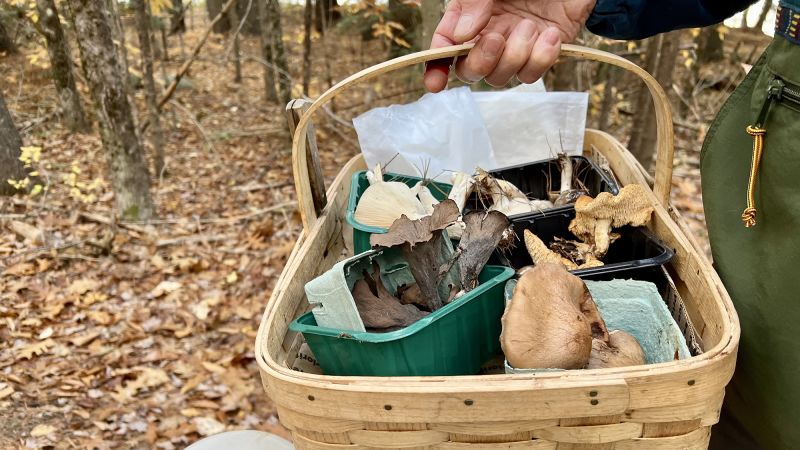- cross-posted to:
- news
- cross-posted to:
- news
…
People have been foraging for mushrooms since the Stone Age, but mycologists across the country say they’ve seen an increased interest in the hobby and a significant increase in poisonings, too.
“Fungi are kind of a hot thing right now,” said Dr. Matthew Nelsen, a research scientist at the Negaunee Integrative Research Center at the Field Museum in Chicago who is also president of the Illinois Mycological Association, a group that describes itself as “fungal enthusiasts.”
Mushroom motifs now decorate all kinds of things: tea towels, toddlers’ sweaters, table lamps. But when interest extends beyond mushroom stuffies to the real stuff, people really need to be careful.
…
Even experts can have a hard time telling the toxic from the edible just by sight, mycology instructor Rick Van de Poll said. He has to examine some of them under the microscope to be sure they’re safe.
And then there’s me, who spent years learning to identify mushrooms before daring to taste one.
Take classes and read books, people! And don’t eat anything unless you are absolutely, 100% certain of what it is. Aim for the easy to identify ones if you’re not an expert: morels, chanterelles, oyster mushrooms, lobster mushrooms, maybe blewits… If you’re not certain, take pictures, take a spore print, and figure it out. There are apps and communities both online and in real life which will help you.
Paul Stamets must be so proud.



